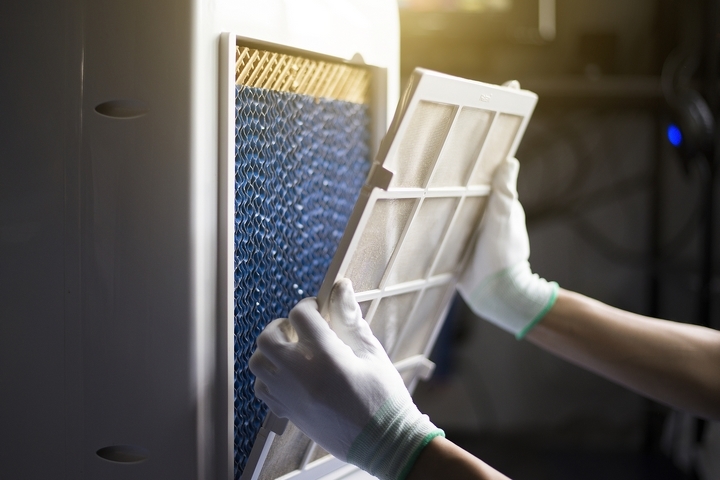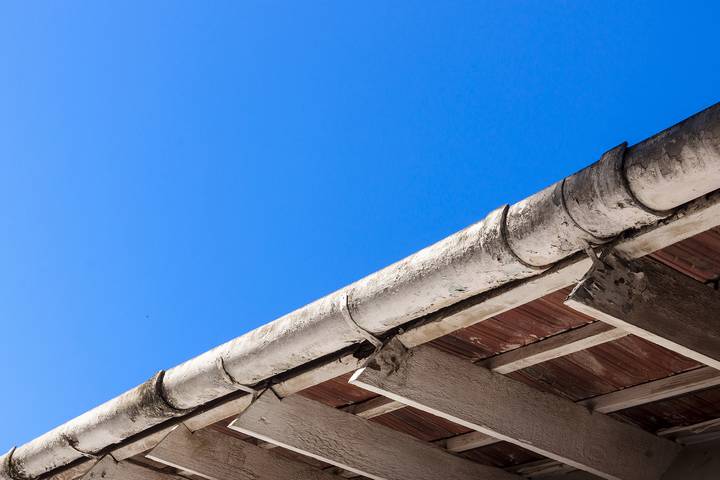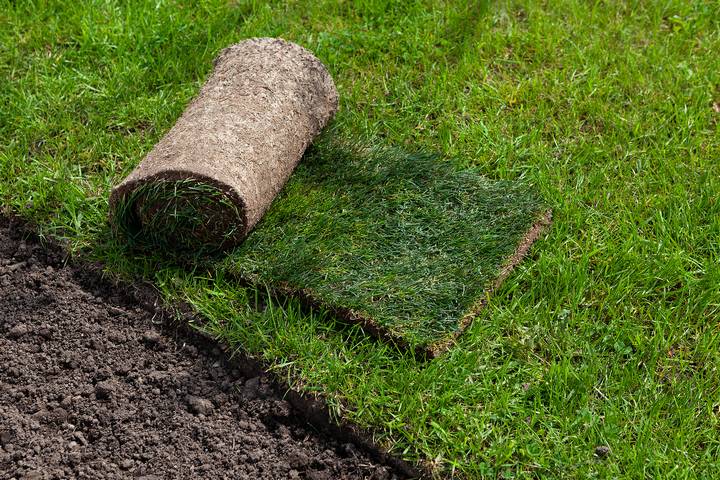How to Fix a Leaky Faucet: 9 Tips and Tricks

Correctly installing a leaky faucet is not a difficult task if you do it right. However, it’s essential to understand the root cause of the leak before attempting to replace it. In some cases, the leak could be a pointer to a massive plumbing problem in your home. It could also be the water pressure is too high, which means any new faucet you install will soon start leaking.
Replacing or repairing a leaky faucet may look like an easy DIY task. If the faucet is leaking because it has come to the end of its life, replacing it could be as easy as plug-and-play. However, in some instances, the problem could be much bigger than just the leaky faucet. Taking your time to understand what you are dealing with is, therefore, critical.
Below are nine tips and tricks when learning how to fix a leaky faucet:
1. Turn off the water
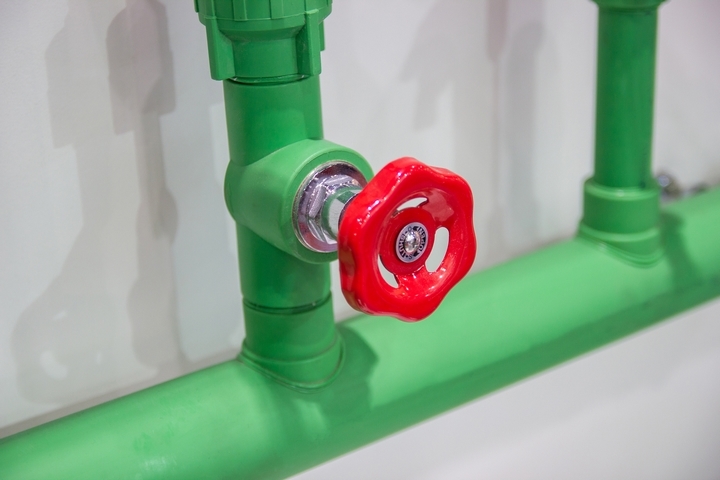
Before fixing a leaky faucet, the first thing you need to do is make sure your water mains are turned off. While this may sound like a no-brainer, so many people make the mistake of starting to fix their leaky faucets without turning off the water from the mains supply.
The result is that they end up with a flooded home, and sometimes with slip-and-fall accidents. Always turn off your main water supply before replacing or repairing a faulty faucet.
2. Use sealing threads
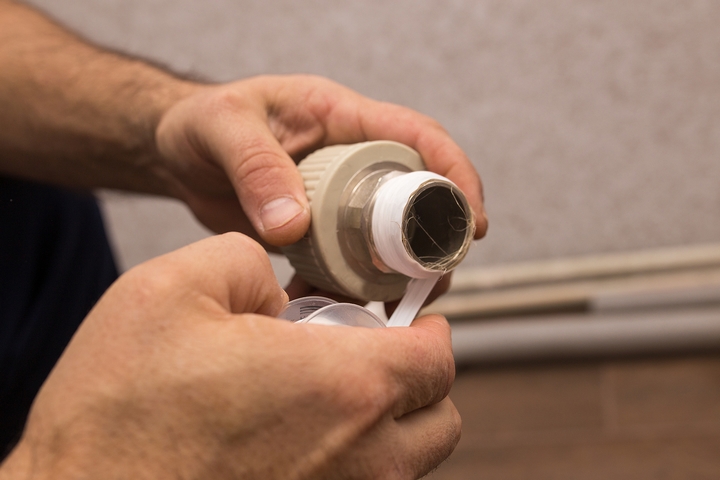
You will end up with leaks if you forget to use plumber’s putty or plumber’s tape. These are essential in sealing the threads at the connections of your drains. Leaks not only destroy and ruin your pipes but also whatever else is stored under your sink. Besides, the wasted water runoff translates into wasted money.
3. Using new plumbing parts
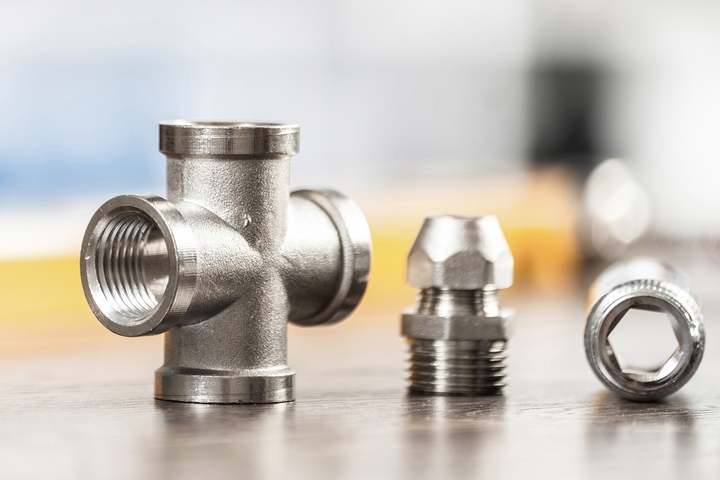
A common mistake when replacing a leaky faucet is the failure to replace all the old parts in the unit. It’s crucial to replace all the gaskets, nuts, and bearings to be sure the leak does not recur. In some cases, it’s quite safe to reuse old parts. However, if the parts are too old to the point of being unreliable, reusing them will be inviting trouble sooner than later.
The best solution to a leaky faucet is to replace it. For instance, reusing old metallic p-traps and other parts is bound to cause more problems down the drain, or worse, a flooded house! In any case, replacing a worn out or faulty faucet with an old one only means you have postponed the problem for just a while.
4. Carry the old parts to the hardware shop

Some people make the mistake of going to the hardware shop to purchase a replacement faucet without bringing the old one. Always remove your old faucet and bring it with you to the hardware shop.
With the old faucet parts as a reference, you can get the exact part and size you need to buy. Otherwise, you will waste a lot of your time trying to guess the precise type and size of faucet you need.
5. Dry the pipes
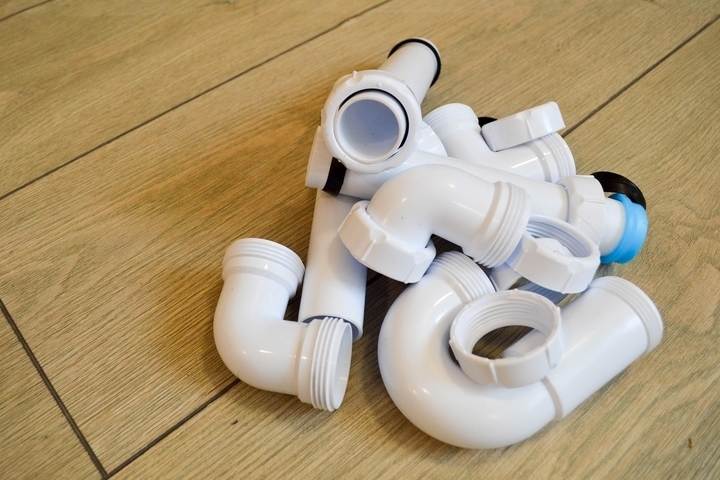
Before you start soldering, make sure the pipes are completely dry. It’s a huge mistake to begin soldiering when the pipes are still dripping with water. It’s always is easier to solder together dry pipes than wet ones.
6. Remove the faucet properly
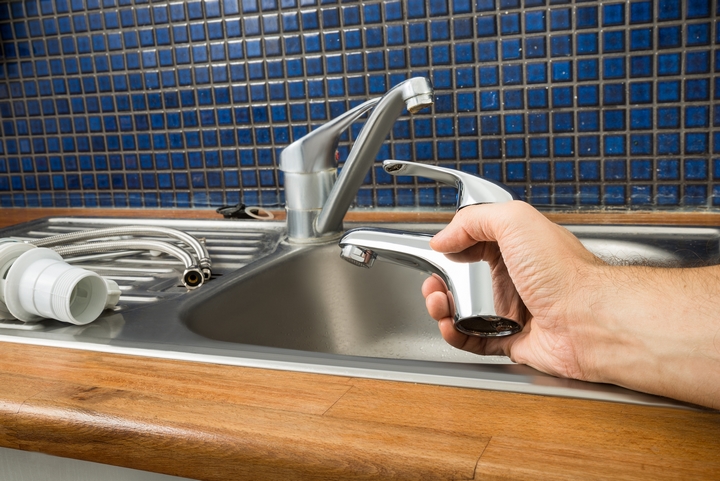
You will most likely use pliers to remove your faucet’s packing nut. In the process, it’s possible to scratch the metal surface, which might interfere with the nut threads and make it difficult to fit. It is therefore vital to be extra careful when removing the packing nut. Use rubber-coated pliers to minimize or eliminate such mishaps.
7. Replace the faucet carefully
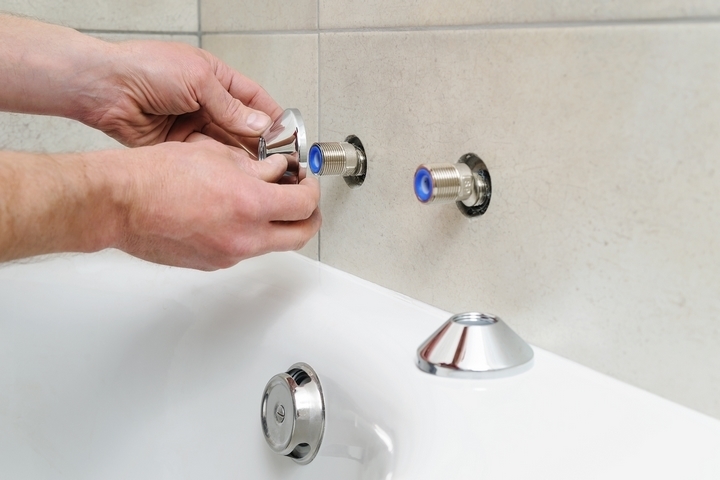
Replacing a leaky faucet may seem like a natural, plug-and-play job. Well, it is, and it’s not! The fact that the faucet is leaky could be a pointer to more significant problems down the pipes, or it could be the water pressure is too high.
If you don’t give yourself enough time to understand why the faucet leaked in the first place, you might end up having to deal with expensive repairs and parts replacement. Besides, there are higher chances of making a mistake when you do a task in a rush. If you are not confident about your repair skills, you may be better off contacting a plumber to help you replace the faucet.
8. Use oil on the faucet
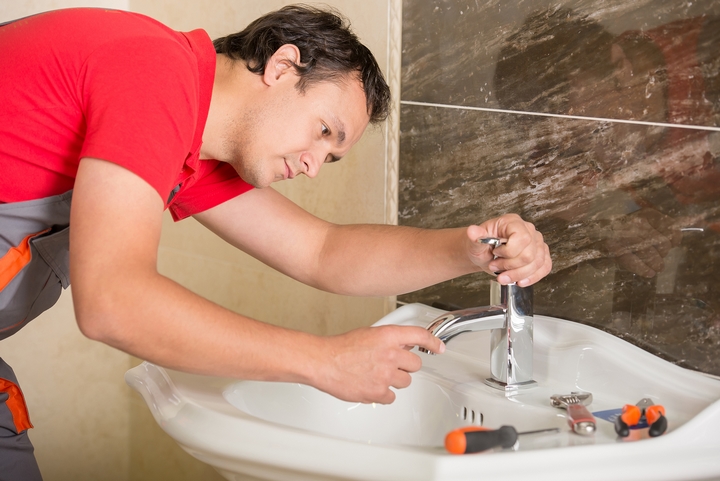
An old faucet that has served you well for years is likely to have rust in some places. There is a good chance that some of its internal parts are rusted as well. This can happen if your faucet has had a small leak, the kind you don’t bother about, for a long time.
To avoid such a scenario in the future, apply a coat of penetrating oil to the surface before removing screws or any other part. Forcefully removing the parts might cause them to break and cause further damage.
9. Make sure the faucet is fixed
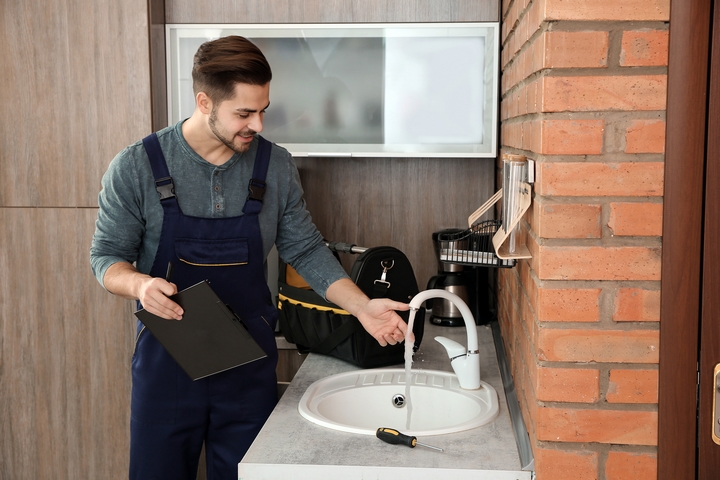
Before you celebrate that the leaky faucet problem is solved, wait a couple of hours to make sure there are no new leaks. Sometimes leaks do not show immediately, and you might store away your tools thinking the problem is solved, only to come back to start all over again.



